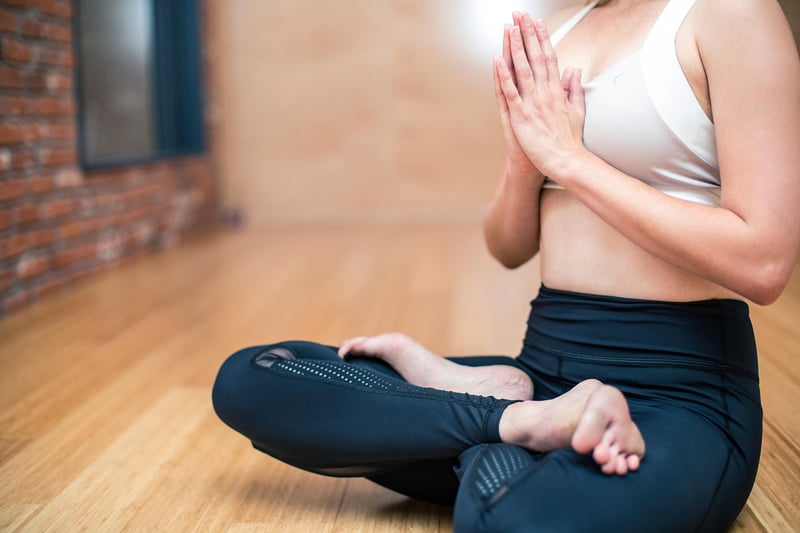Flexibility Exercises
The Ultimate Guide to Physical Activity Routines and Flexibility Exercises
Introduction
Physical activity is a crucial aspect of maintaining a healthy lifestyle. In addition to cardiovascular and strength training exercises, incorporating flexibility exercises into your routine can improve overall fitness and reduce the risk of injury. This guide will explore the importance of flexibility exercises and provide you with a comprehensive physical activity routine to help you stay active and flexible.
Why Flexibility Exercises are Important
Flexibility exercises help improve the range of motion of your joints and muscles. They can enhance your overall performance in physical activities, reduce muscle stiffness, and prevent injuries. Incorporating flexibility training into your routine can lead to better posture, improved balance, and increased relaxation.
Benefits of Flexibility Exercises:
- Enhanced range of motion
- Improved posture
- Reduced risk of injury
- Increased relaxation
- Improved athletic performance
Physical Activity Routine
Here is a sample physical activity routine that combines cardiovascular exercises, strength training, and flexibility exercises:
Cardiovascular Exercises
Begin with 10-15 minutes of brisk walking, jogging, or cycling to warm up your muscles and increase your heart rate.

Strength Training
Perform 3 sets of 10-12 repetitions of exercises such as squats, lunges, push-ups, and dumbbell curls to strengthen your muscles.

Flexibility Exercises
Finish your routine with 10-15 minutes of stretching exercises focusing on major muscle groups such as hamstrings, quadriceps, shoulders, and back.

Conclusion
By incorporating flexibility exercises into your physical activity routine, you can improve your overall fitness, prevent injuries, and enhance your performance in various activities. Remember to consult with a fitness professional before starting any new exercise program to ensure it is safe and suitable for your individual needs.
Stay active, stay flexible!
